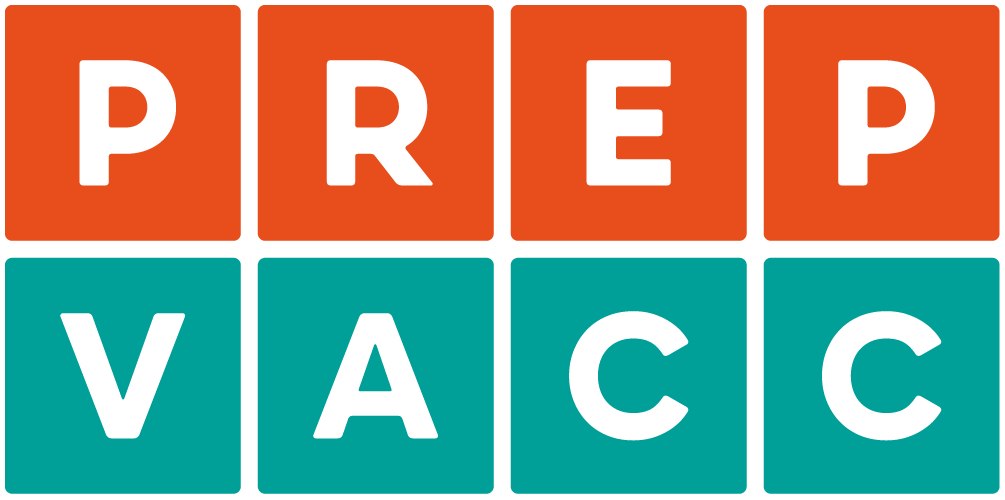Attitudes towards PrEP uptake and adherence explored in Masaka, Uganda
Sarah Nakamanya, MRC/UVRI & LSHTM Uganda Research Unit
Sarah Nakamanya is a Social Scientist at MRC/UVRI & LSHTM Uganda Research Unit. For over ten years across multiple studies, she has been using qualitative research methods among key populations, including female sex workers and fisherfolk.
In the PrEPVacc study, she is leading the Social Science team that is conducting the qualitative component at the Masaka site.
Sarah is the lead author of a recent paper describing research findings from PrEPVacc, published in the journal PLOS One. She answers questions about these findings below:
What were you looking to find out?
Sarah: We set out to explore the acceptability of oral pre-exposure prophylaxis (PrEP) among individuals at high risk of HIV acquisition, who were participating in a future HIV vaccine preparedness study in south-western Uganda.
How did you address this question?
We selected a sample of 20 people (10%) from a cohort of 200 men and women participating in the HIV vaccine preparedness study. The sample was selected to include both men and women of differing ages, occupational backgrounds and residences.
What methods did you use?
We conducted an in-depth interview with each of the selected 20 people after they had spent at least three months in the cohort and then a follow-up interview at nine months. We asked about participants’ knowledge of, attitudes towards and desire to use PrEP as well as reasons for not taking PrEP.
What did you find?
We found a strong desire to take PrEP among at risk individuals participating in the HIV vaccine preparedness study. This desire was driven by the knowledge that PrEP would protect them from the acquisition of HIV.
Despite this strong desire however, many did not initiate nor persist in taking the drug due to limited knowledge of PrEP and their concerns including the daily pill burden, drug side effects and stigma.
What do those findings tell you? How do you interpret them?
These findings give useful insights into the challenges of PrEP use among individuals at high risk of HIV infection in the study area and similar settings and how these could be addressed to maximize the benefits of PrEP in these populations.
Limitations in understanding PrEP could be addressed through the provision of comprehensive information about PrEP, whereas stigma could be reduced by integrating PrEP into broader health promotion. Lifestyle-friendly PrEP formulations like injectable PrEP could improve uptake and adherence.
Were these findings what you expected?
These findings were not surprising as earlier studies conducted in other settings had similar findings. This similarity gives confidence in the validity of our findings.
What is the message of these findings for different people?
For scientists and clinicians, our findings could help inform the development of effective PrEP interventions.
For participants, improved PrEP knowledge could help reduce stigma in the community. Additionally, the introduction of lifestyle-friendly, flexible PrEP formulations could ease use and as a result improve adherence.
We hope that activists and politicians will note our findings about the acceptability of PrEP in the trial setting and be of use in the development of health policies.
Any final thoughts?
Our study suggests we need to put time and effort into rethinking ways of delivering PrEP to improve uptake and adherence.
Assessing acceptability of pre-exposure prophylaxis (PrEP) among participants in an HIV vaccine preparedness study in southwestern Uganda
Sarah Nakamanya, Rachel Kawuma, Denis Kibuuka, Sylvia Kusemererwa, Sheena McCormack, Eugene Ruzagira and Janet Seeley on behalf of the PrEPVacc Study Group
Published: July 29, 2022 | https://doi.org/10.1371/journal.pone.0271104

